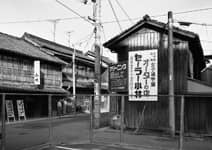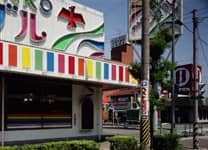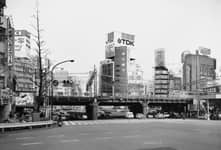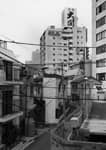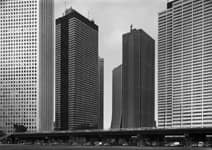Struth spent three weeks in Yamaguchi, where the exhibition at the Shimada Gallery took place, then one week in Kyoto and one week in Tokyo. Japan offered an opportunity for Struth to extend further his project to photograph urban structures and space. He made a first group of work in Japan that he considered to be of interest, in the district of Shinjuku in Tokyo in 1986, picking up on some of the pictorial devices he had used in New York and in Europe. At the same time, he recognised that working in Japan necessitated a further loosening of a systematic approach to picture making.
“For a visual artist, the gaze is critical. And the gaze has to do with the distance between your own entity and what is in front of you. The pronounced cultural distance of Japan from Europe, the unfamiliarity of my experience there, helped me to arrive at a more precise observation and understanding of my own culture.”

